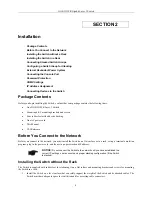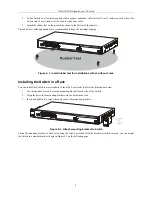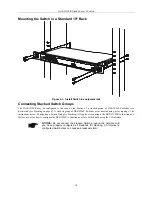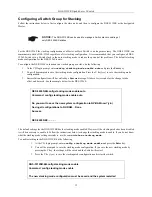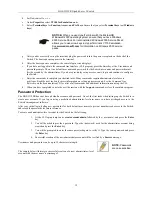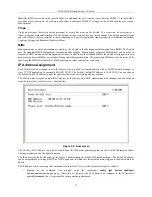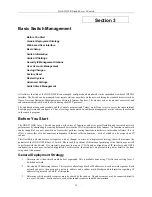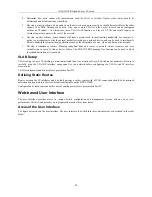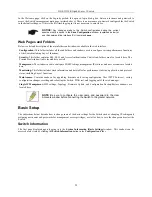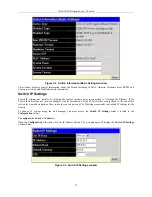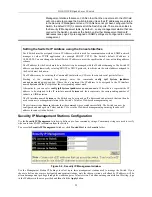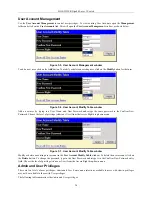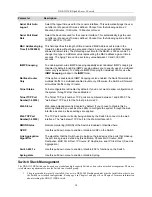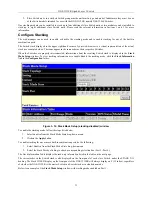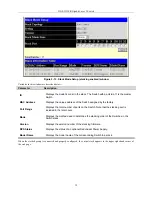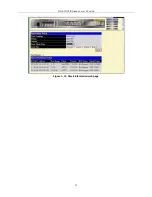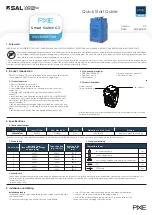
DGS-3312SR Gigabit Layer 3 Switch
Section 3
Basic Switch Management
Before You Start
General Deployment Strategy
Web-based User Interface
Basic Setup
Switch Information
Switch IP Settings
Security IP Management Stations
User Accounts Management
Saving Changes
Factory Reset
Restart System
Advanced Settings
Switch Stack Management
All software function of the DGS-3312SR can managed, configured and monitored via the embedded web-based (HTML)
interface. The Switch can be managed from remote stations anywhere on the network through a standard browser such as
Opera, Netscape Navigator/Communicator or Microsoft Internet Explorer. The browser acts as a universal access tool and
can communicate directly with the Switch using the HTTP protocol.
The web-based management module and the Console program (and Telnet) are different ways to access the same internal
Switching software and configure it. Thus, all settings encountered in web-based management are the same as those found
in the console program.
Before You Start
The DGS-3312SR Layer 3 Switch supports a wide array of functions and gives great flexibility and increased network
performance by eliminating the routing bottleneck between the WAN or Internet and the Intranet. Its function in a network
can be thought of as a new generation of router that performs routing functions in hardware, rather than software. It is in
effect, a router that also has numerous independent Ethernet collision domains – each of which can be assigned an IP
subnet.
This flexibility and rich feature set requires a bit of thought to arrive at a deployment strategy that will maximize the
potential of the DGS-3312SR Layer 3 Switch. Please read the portions of this manual pertaining to the functions you wish
to perform with the Switch. It is especially important to map out VLANs and configuration of IP interfaces, and OSPF
configuration in advance of actual configuration. For this reason, these subjects are presented in greater detail in the final
two parts of this manual.
General Deployment Strategy
1. Determine how the network would be best segmented. This is probably done using VLANs in an existing layer 2
Switched network.
2. Develop an IP addressing scheme. This involves allocating a block of IP addresses to each network segment. Each
network subnet is then assigned a network address and a subnet mask. Background information regarding IP
addresses is presented in Part IV of this guide.
3. Determine which network resources must be shared by the subnets. Shared resources may be connected directly
to Layer 3 Switches. Static routes to each of the shared resources should be determined.
19
Summary of Contents for DGS-3312SR
Page 13: ...DGS 3312SR Gigabit Layer 3 Switch xii...
Page 46: ...DGS 3312SR Gigabit Layer 3 Switch Figure 3 14 Stack Information web page 33...
Page 53: ...DGS 3312SR Gigabit Layer 3 Switch 40...
Page 165: ...DGS 3312SR Gigabit Layer 3 Switch Figure 6 22 Enter Network Password dialog box 152...
Page 228: ...DGS 3312SR Gigabit Layer 3 Switch 215...
Page 244: ......




